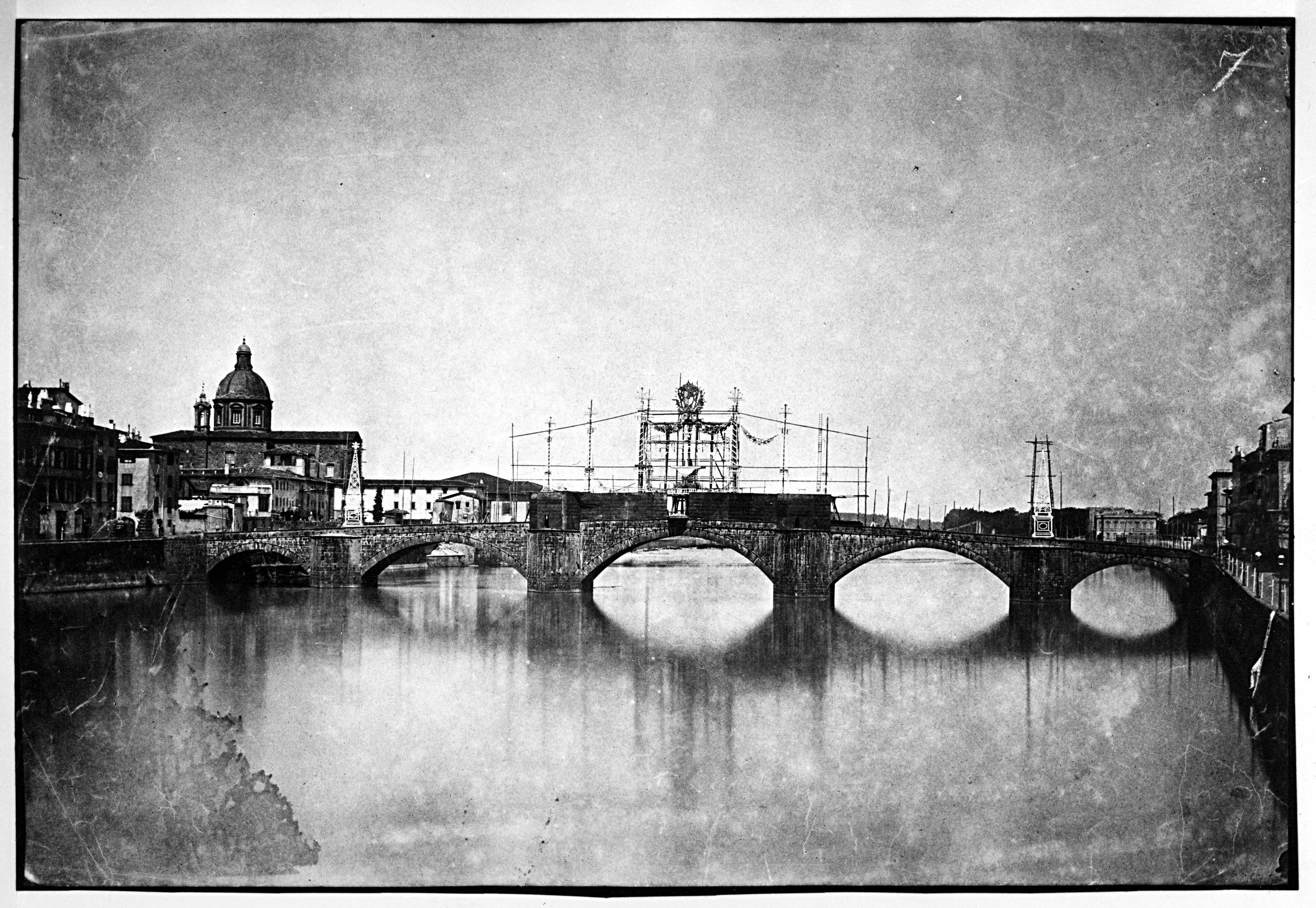John Brampton Philpot and the calotype in 19th-century Florence
John Brampton Philpot (Maidston 1812 - Florence 1878)
One of the prides of the Uffizi Photographic Dept. is undoubtedly the collection of 28 calotypes by John Brampton Philpot, an English photographer allegedly active in Florence as of 1850. It is the historic period that sees the origin of photography, born in 1839 with the invention of daguerreotypes. Florence, the capital of the Grand Duchy, is one of the first cities where the new technique and its first experiments developed, attracting photographers eager to rise to the new challenge. Philpot is among the first to use the ‘calotype’ process, finding his favourite clients among the growing number of English tourists.
Experimented by William Henry Fox Talbot in 1840, the new method fixed the image on a sheet of paper imbibed with silver iodide and a solution of gallic acid and silver nitrate. The final product, called calotype, is a negative used to print its positive in several copies on paper of the same type. It therefore represents the next step after the daguerreotype, which consists of a silver or copper plate which cannot be reproduced. Due to the porosity of the paper, calotype produces somewhat blurred images, yet it manages to catch the total subject better than its details.
Philpot's 28 calotypes, made between 1855 and 1859, were later purchased by His Majesty's Royal Galleries of Florence to be displayed in the first Historical and Topographic Museum of the city, opened in 1909. They depict views of monuments, the streets along the Arno River's bank and the churches of Florence with its surroundings, which, in terms of quality and documentary value, attests a precious evidence of how the landscape of the city looked like before radical urban changes would occur a few years later, when Florence was annexed to the Kingdom of Italy and became its capital. Philpot proved to be a skilled photographer of architecture, with a particular penchant for the medieval part of the city and its river banks. Influenced by English Romantic culture, his style was characterised by deliberately asymmetrical framings and the adoption of a viewpoint from below. In addition, the calotype technique allows him to use the natural chiaroscuro effect of the paper negative. A lyrical tension seeps through from his photographs, which probably stems from the awareness of immortalising a city on the edge of a historical transformation.
Firenze ottocentesca nelle fotografie di J.B. Philpot, a cura di M. Tamassia, Livorno 2002.
